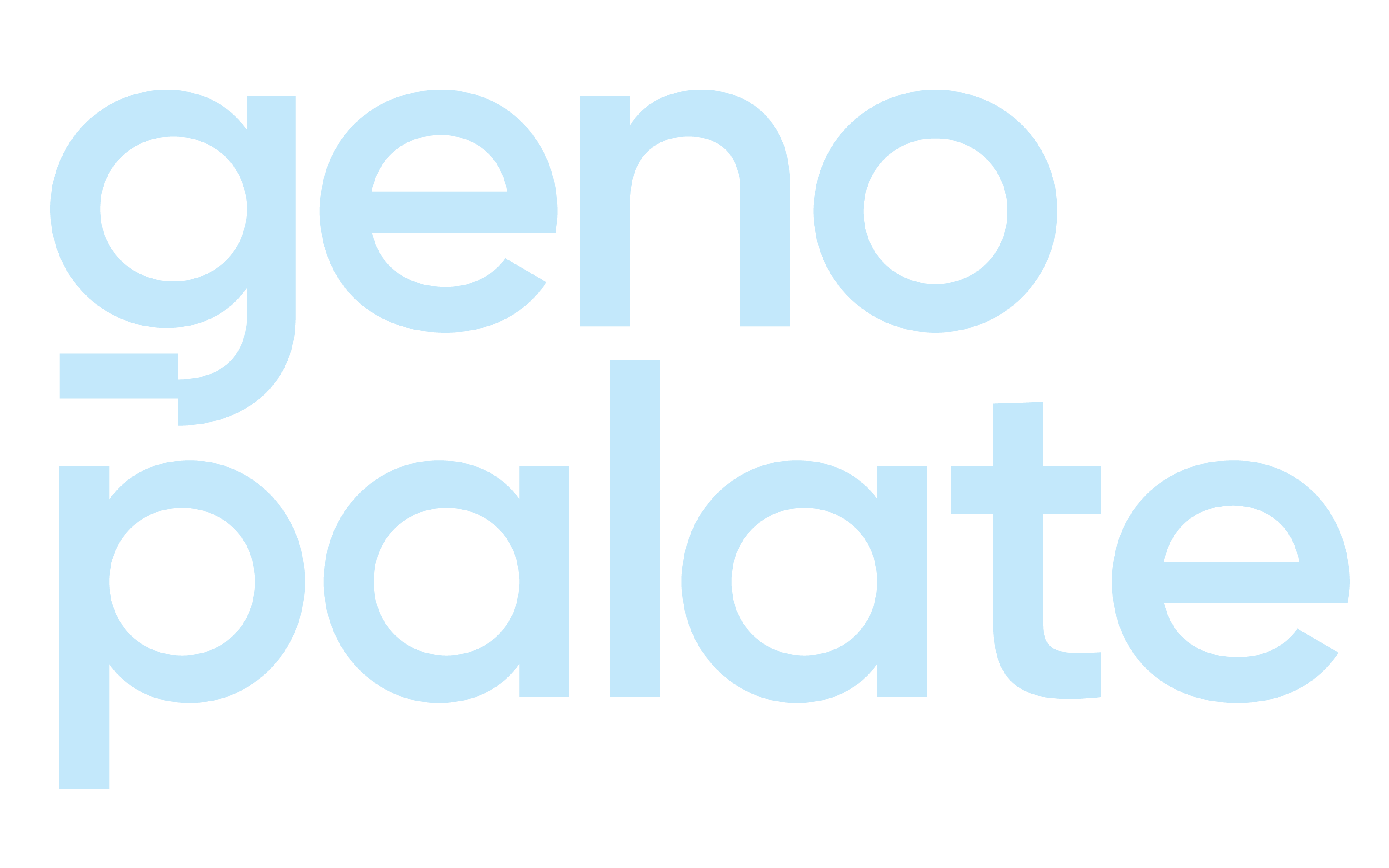Many of us learn about DNA for the first time as young children. However, understanding what DNA stands for and what it does often takes a bit longer. DNA is the most essential building block of life and carries genetic instructions that every living thing needs to survive.
Every human being’s genetic material is carried by their DNA, but all other living organisms carry DNA as well. Even some viruses carry DNA.
In fact, there are lots of similarities between human DNA and the DNA of other creatures. Our closest living relatives are chimpanzees and bonobos, and human beings share approximately 98.8% of the same DNA with those species. However, since DNA is so complex, that 1.2% equals roughly 35 million genetic differences.
Human beings as a whole share approximately 99.9% of our DNA, but it’s that 0.1% difference that helps make our species so diverse. The more we understand about our DNA, the easier it will be to make smarter food and nutrition choices based on our unique genetic profile.
What is DNA?
One of the most common questions that students have when entering a biology class is “What does DNA stand for?” DNA stands for deoxyribonucleic acid, and it’s the chemical name for the molecule that carries all of our genetic information within our cells.
DNA takes the shape of a winding, ladder-like structure called a double helix, and it’s made primarily of sugar and phosphate molecules, which anchor four different chemical bases:
- Adenine (A)
- Guanine (G)
- Cytosine (C)
- Thymine (T)
Together, the bases combine to form sequences, the order of which is what makes our DNA unique from other people. The human genome is made of approximately 3.2 billion bases.
Most cells in the body carry the same DNA, which can be found in two different regions: the nucleus and a small amount in the mitochondria. Nucleic DNA is formed into long, linear structures known as chromosomes. Most people have 23 pairs of chromosomes, for a total of 46. We receive half of this genetic material from our mother, and half from our father.
What is the Function of DNA?
The function of DNA is to act as the cell’s textbook or set of blueprints, giving it instructions on how to develop, function, and reproduce. During cell replication, the DNA divides itself by separating each double helix into two strands, which bring a complete copy of the genetic sequence into each new cell. Without this genetic information, our cells would not be able to perform the functions that keep us alive.
While the information that DNA carries is important, it doesn’t use this information itself. Instead, various enzymes act on our DNA and either copy the information into more DNA (like during replication) or transcribe it into critical proteins our body uses for tasks like muscle and bone growth and cell repair.
The segments of our DNA that carry genetic information are known as genes. However, other DNA sequences may be used for structural purposes, or for regulating the expression of our unique genetic information.
Learning About DNA Tests for Nutrition
Even though human DNA is so similar, there are enough differences to ensure that we all look unique, and have distinctive responses to everything from food to hormones, our environment, and much more. A diet that works well for one person may cause high blood pressure and fat retention in another.
In recent years, research has been undertaken to determine the genetic factors that influence an individual’s unique response to food. Now, there are even some DNA tests that examine a person’s genetic code for information on how they respond to certain foods and process nutrients, vitamins, and minerals.
GenoPalate currently offers a comprehensive dietary DNA test called the Essential Nutrition Report, which can provide personalized nutrition information and advice based on your DNA.
Try it today to see how eating for your genes can offer better results than a standard diet or eating plan.





